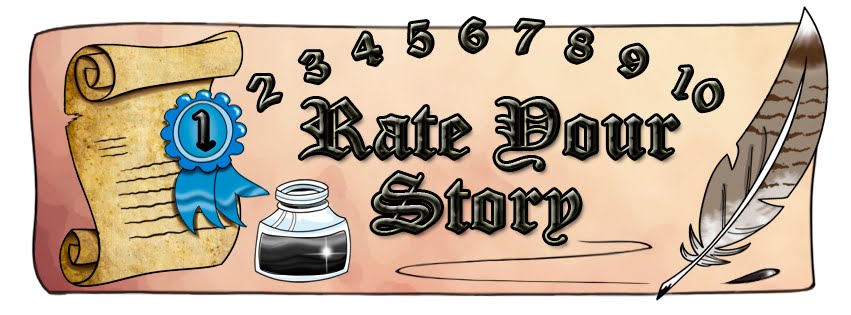You’ve got a fresh premise. A great, fast-paced plot. A
satisfying world. Only problem is, your main character sounds like they could
be yanked out of your manuscript and plopped into any random book in your genre
and nobody would notice. It’s an all-too-common problem: authors put generic
characters through the motions, and end up with forgettable, staid results. Don’t make your character sound like any ol’
person. Heck, don’t let them sound like any ol’ precocious six-year-old/angsty
teen/smart alecky twenty-something/sophisticated spy/etc. Smash those overdone
stereotypes and create a person that comes alive on the page.
 Before you can do that, you have to appreciate the subtle
impact voice has. Pick a character. Any character. Now plop a delicious
smoothie in front of them.
Before you can do that, you have to appreciate the subtle
impact voice has. Pick a character. Any character. Now plop a delicious
smoothie in front of them.
“Yum, thanks.”
You are very welcome. “Yum, thanks” is a realistic, adequate
response. But let’s provide this character with a family. Give ‘em all smoothies.
Now what? Do they all say “Yum, thanks”? Okay, they might, and that might work
under certain – humorous or frightening – circumstances. But if everything a
character says and does throughout a story is indistinguishable from another
character, you’re not going to have a very exciting story. So, returning to our
smoothie- perhaps, you might get:
“Thank you, thank you, thank you,
thank you.”
Do
we have any rum left?
“Strawberry banana? Dis. Gust. Ing!”
I’m
going to have to run three miles after this.
Now we’re getting a glimpse of the different character’s
personalities and priorities. Let’s invite the neighbors. Smoothies all around:
Free
food. Score!
“Do you have any flaxseed oil? How
about stevia?”
Ha!
Shelby’s gonna be so ticked she missed this.
“Can I have some more?”
I
can’t believe they forgot about Mikey’s allergies again. No, wait. Yes, I can.
“Maybe just a sip.”
Oh,
god. Now I’m going to have to invite them over.
“Did you know a strawberry isn’t
actually a berry, but an aggregate fruit? And all those seeds on it aren’t
seeds at all, but ovaries! It’s kinda gross when you think about it, except we
eat plant ovaries all the time, so I suppose it’s really quite normal.”
And these are just characters being offered a smoothie. People
react in different ways. Given the same stimulus, they notice and value
different things. Their thoughts and spoken words form different speech patterns.
They are as varied as fingerprints, snowflakes, or… people.
Your character should be the same way. Why? It’s just good
story-telling. Anything less is boring… and dishonest. A story doesn’t have to
be true, but it should be honest. And when readers encounter an honest story,
realistically told, they find it easier to slip into that world, to keep
turning and turning and turning the pages. And in the end, that is your goal.
Okay, you’re sold – rich characters are important. But…how?
It boils down being thoughtful. Now, there’s power in fast
drafting (the only good draft is a finished draft), so if all the nuances aren’t
coming to you at the get-go that’s fine.
But at some point, you need to carve out the details. And that means:
- Giving your character unusual life experiences: So many characters move. So many live in everyone-knows-your-business towns. So many are writers or artists. So many are orphans. And yet huge swaths of possibility lay undiscovered. Which isn’t to say you can’t do one or more of those things, but make sure you bring some fresh perspective into it, too.
- Understanding your characters: This might begin with a character sheet, a biography, a journal entry from your character’s point of view, or just some plain old rumination. Whatever your system is, you need to know your character – not just their age, occupation, and looks, but their passion, world view, personality, reaction to change and adversity, etc. The more nuanced an understanding you have of your characters, the more authentically – and distinctively – they can interact on the page.
- Wielding your words: This is where showing, instead of telling, becomes crucial. Any character can be angry. But one might experience a hot rush of blood and tears while another set his jaw while another punches a wall. Collectively, all these decisions regarding dialog and action add up to a rich picture of a complex character.
And, of course, the final way to help you create better
characters is to read and read, and examine what makes other great characters
work on the written page. Share some of your favorite book characters below,
and tell us why they stand out to you – and have fun writing.



No comments:
Post a Comment
Note: Only a member of this blog may post a comment.